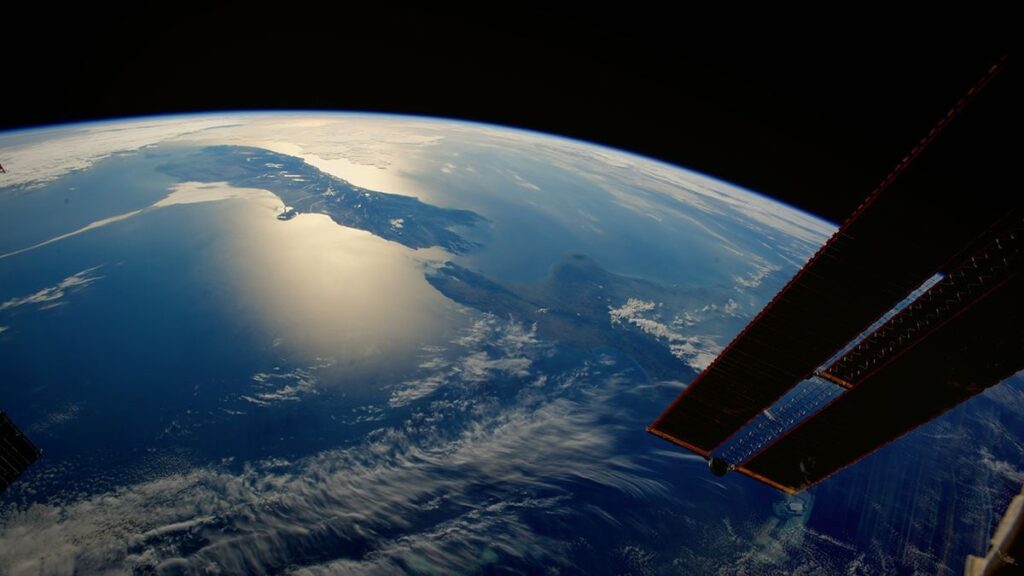NASA is preparing for two consecutive launches of cubesats designed to enhance our understanding of Earth’s climate. These compact satellites are part of the Polar Radiant Energy in the Far Infrared Experiment (PREFIRE) mission, which aims to provide critical data to refine climate models.
First Launch Set for May 22
The first of the twin PREFIRE cubesats is scheduled to launch no earlier than May 22. The launch will take place on an Electron rocket from Rocket Lab’s Launch Complex 1 in New Zealand. The second cubesat will follow within three weeks, also aboard an Electron rocket.
Advanced Instruments for Critical Measurements
Each 6U cubesat is equipped with a thermal infrared spectrometer, utilizing technology previously flown on other spacecraft but adapted to the cubesat’s size and weight constraints. These instruments will collect data on far infrared emissions, specifically at wavelengths longer than 15 microns, from Earth’s polar regions.
Understanding Polar Heat Loss
During a briefing on May 15, NASA officials highlighted the significance of the mission. Tristan L’Ecuyer, the principal investigator for PREFIRE at the University of Wisconsin-Madison, explained that the Arctic is experiencing rapid warming, with profound local and global consequences, such as sea level rise and changes in weather patterns.
“PREFIRE will provide the first detailed measurements of radiant heat emitted at the poles,” L’Ecuyer stated. “This will help us understand the impact of various polar processes—like cloud formation, atmospheric humidity, and surface changes from ice to liquid—on heat loss.”
The Advantage of Twin Satellites
The mission will benefit from deploying two satellites in different sun-synchronous orbits. This dual-satellite approach allows for more comprehensive measurements. “A single cubesat can map out emissions in polar regions,” said L’Ecuyer. “But with a second cubesat passing over the same area about six hours later, we can observe how dynamic changes, such as ice melt or cloud development, affect those emissions.”
Dedicated Launches for Precision Orbits
To achieve the precise orbits required for the mission, each cubesat will be launched individually on a dedicated Electron rocket. Rocket Lab was selected for these launches under a task order from NASA’s Venture-class Acquisition of Dedicated and Rideshare (VADR) contract, awarded in August 2023. Although the contract’s value remains undisclosed, the mission emphasizes the importance of tailored launch solutions.
Rocket Lab’s CEO, Peter Beck, confirmed the company’s commitment to the mission, stating that no secondary payloads or technology demonstrations would accompany the PREFIRE satellites. “These launches are entirely dedicated to the PREFIRE mission,” Beck said.
A Cost-Effective Approach to Climate Research
PREFIRE was selected in 2018 as part of NASA’s Earth Venture initiative, which focuses on cost-effective missions. With a budget cap of nearly $33 million, PREFIRE exemplifies NASA’s strategy of using smaller, more affordable missions to address specific research questions.
Karen St. Germain, director of NASA‘s Earth science division, praised the mission’s innovative approach. “Cubesats like PREFIRE show the flexibility and affordability of our space exploration efforts,” she noted. “By leveraging commercial partnerships and smaller payloads, we can achieve significant scientific goals at a lower cost.”
As NASA prepares for these pivotal launches, the data collected by the PREFIRE cubesats promise to advance our understanding of Earth’s climate, particularly in the rapidly changing polar regions.

